My Labradoodle Looks Like A Lab (Help! Advice)
We all expect our fur babies to look a certain way when we hear what kind of dog they are, regardless of how much we love them. Whether you have a dog that was supposed to be athletic but looks like he visits the donut shop too often, or a dog you thought would have curly hair but has bone straight hair instead.
If your Labradoodle looks like a Lab and you’re wondering about your pup’s true heritage, don’t panic!
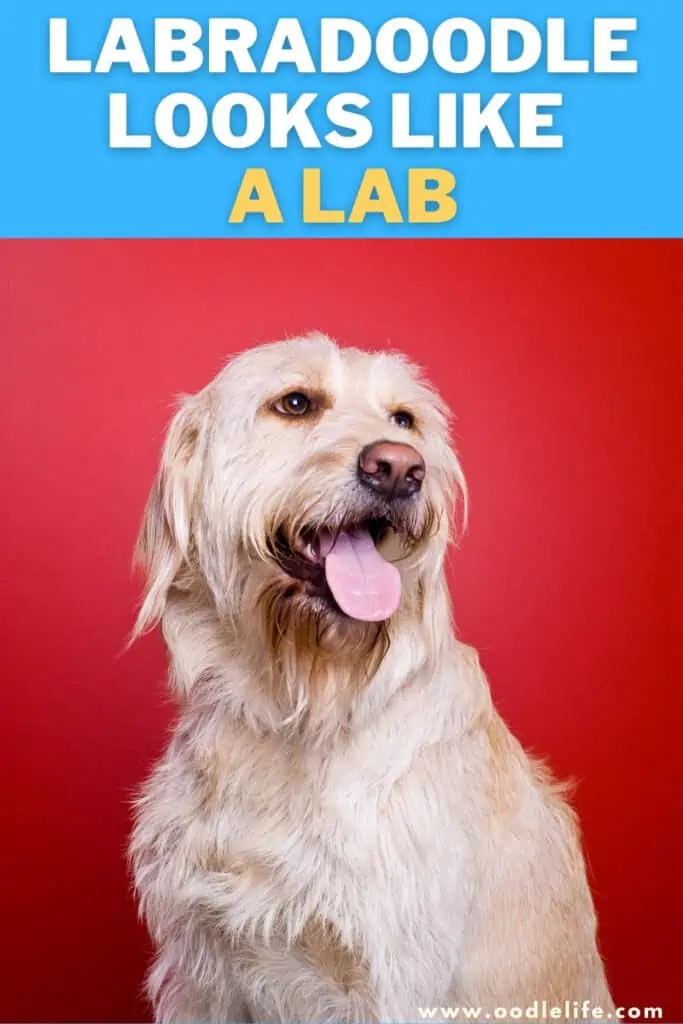
There is a simple explanation for this occurrence, and there’s no need to fret over whether or not your pet is truly this mix just because they are developing some traits more than others. Let’s ease your mind and break it down.
Genetic Crossing
Labradoodles, Goldendoodles, and the like are all one specific breed crossed with a Poodle. A comparative example is when one parent of a human child has green eyes and one parent has brown eyes, the child inherits the genetic code for both of these traits. So, what eye color will the child have?
The eye color displayed in the child’s eyes depends on which genetic trait is dominant.
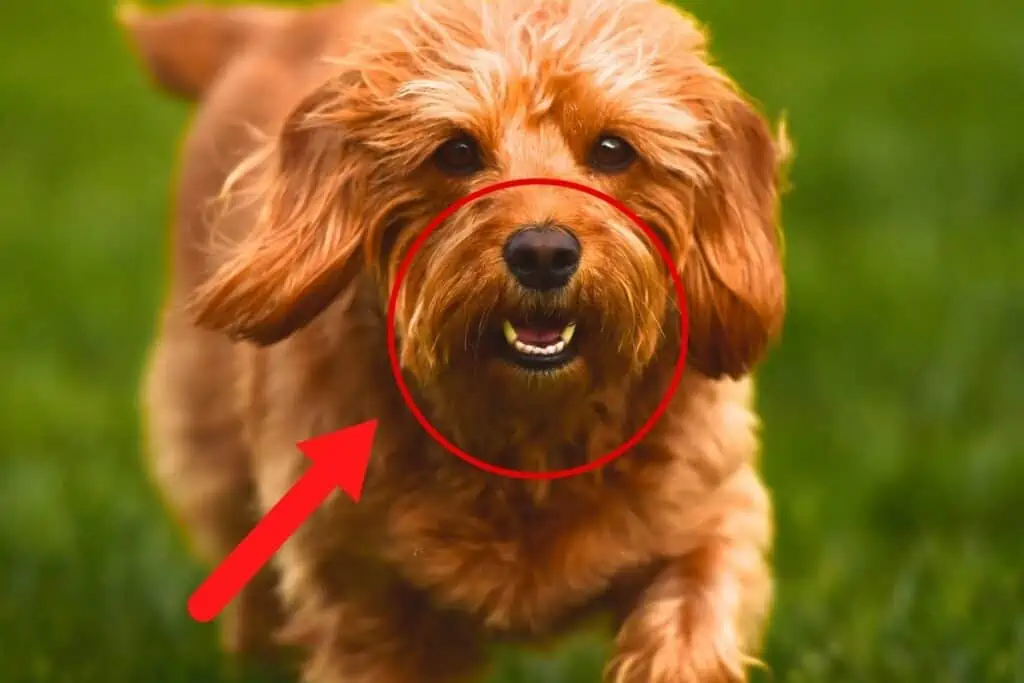
The genetic crossing of dogs through mating works through the same process as humans. The offspring will possess genetic traits of both parent canines but will only display the dominant characteristics. However, the recessive traits are retained and can still be passed on to other offspring.
That means, depending on the genetic code in your dog, she could produce a puppy that looks completely different than she does!
As dog breeders continue to play with the genetics involved in crossbreeding dogs, they show that not all Labradoodles are the same. That can explain why the traits you see in your pet may not look like the ones you found in an internet search.
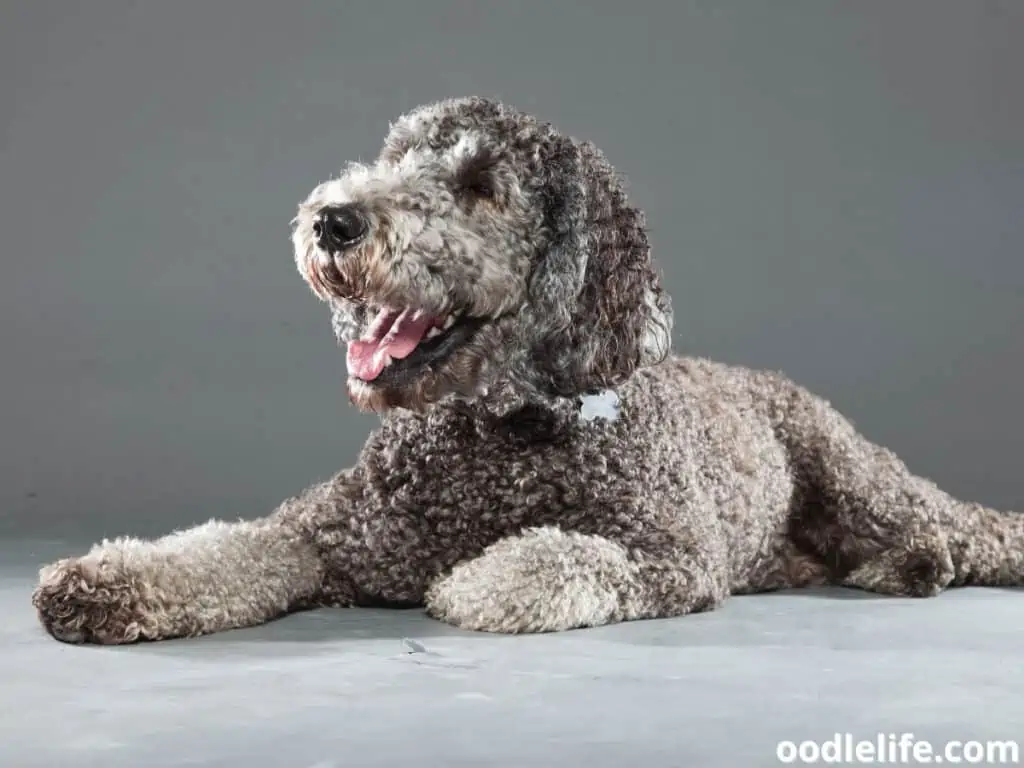
Generations
Typically when someone hears the term “Labradoodle,” they automatically picture the result of breeding a Labrador Retriever and a Poodle, and they would be correct in a sense. However, the generational structure of crossbred dogs goes far beyond this. A full Labrador Retriever and a full Poodle would produce a first generation Labradoodle, also known as an “F1”.
If a breeder were to take two F1 Labradoodles and mate them, the result would be a second-generation variant. This second generation is also known as an “F2”. You guessed it; mating two F2 Labradoodles would produce a third-generation or an “F3”.
The list of generations goes on and on as this sequence progresses.
Some argue that as the generations continue, the consistency in traits lessens. For example, an F4 or F5 Labradoodle may start to look less like a crossbreed and more like a poorly bred Poodle or Labrador Retriever. The F1 generations have fewer overall genetic codes to work with, meaning they will display traits more similar to their parents than the following generations.
If you have an F2 or F4, that doesn’t mean your dog doesn’t possess the crossbred traits– it just means your dog is less likely to look exactly like earlier generations.
As the hierarchy of genetics increases, the possible combinations that offspring can inherit multiply, and there will inevitably be different variations in any given litter.
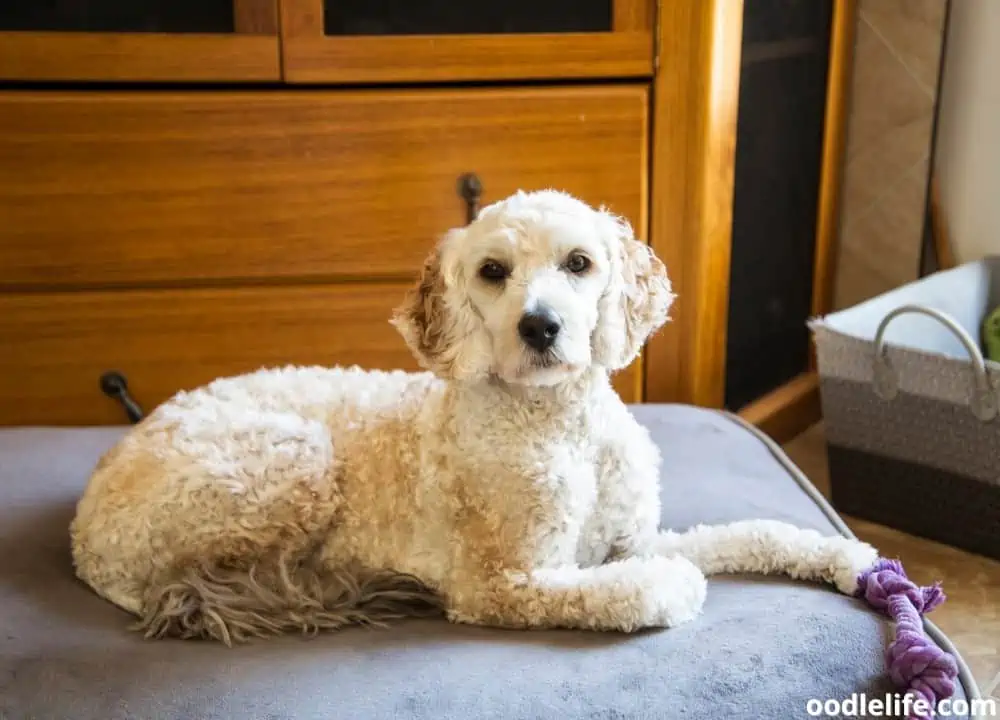
More on Generations
Understanding the generational concept is pretty simple. However, breeders can get a little crazy with it also by breeding an F1b Labradoodle. So what does the new letter in our generation name mean?
The “b” stands for backcrossed.
A backcrossed canine refers to a first-generation offspring being crossed with a full bred. For example, an F1b Labradoodle could be a first-generation Labradoodle crossed with a full-bred Poodle. The result would be an offspring that is 75% Poodle and 25% Labrador Retriever.
It goes without saying the Poodle traits are going to be more prominent than the Labrador Retriever traits in the above example.
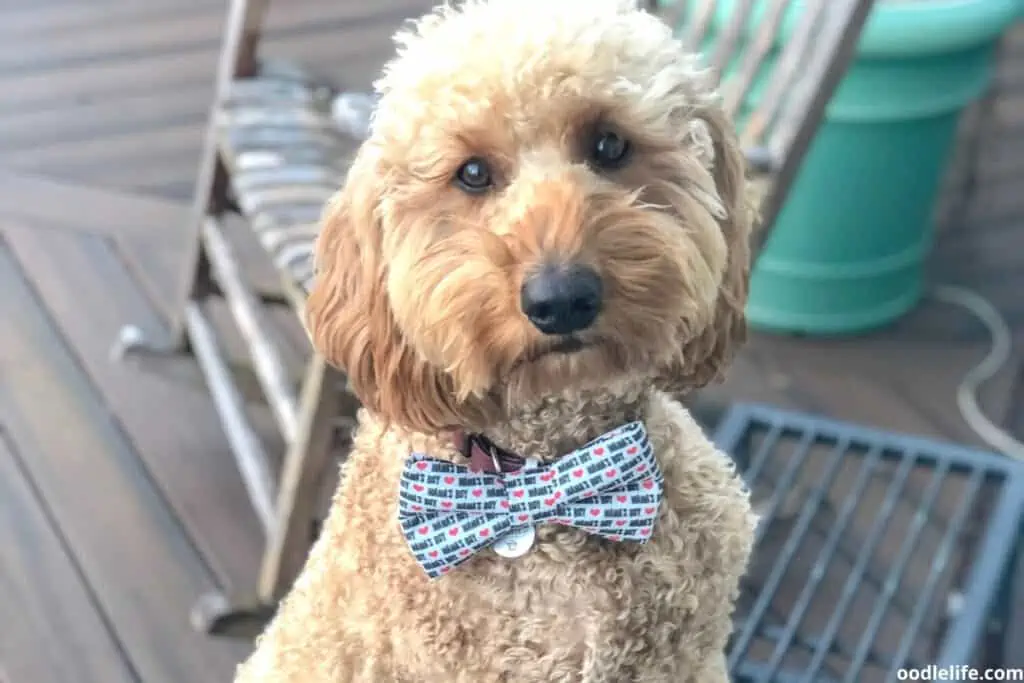
What do Generations Mean for My Pup?
Crossbreeding dogs is a game of genetics. Many breeders have mastered the art of genetic manipulation to produce a result that people want. However, the results can still vary widely.
Canine offspring of any breed inherit genetic makeup from their parents, and all of these traits can vary. However, the offspring will often look very similar to their parents. The same is not true for hybrid dogs.
Because the crossbred offspring come from two completely different breeds, they inherit traits that can be far different from their parents. After all, that is the point of crossbreeding! You can be sure your pup is wholly unique.
There are some very notable differences between Labrador Retrievers and Poodles. So, let us take a look at their different traits and how they typically combine.
Labrador Retriever vs. Poodle
It is no secret that Labs typically have straight hair, and most commonly in three colors: black, brown, and blonde. Labs are water dogs; thus, their coat is designed to shed water. The straight hair of this breed can be attributed to the dominant gene from the parent dogs.
They also are typically more bulky dogs, not necessarily overweight but just appear to be more sturdy. The head and muzzle of a lab are generally more box-shaped.
The coat of a Poodle is known to be curly. Curly hair comes from the dominance of the CUc gene, otherwise known as the curly hair gene. Although there are more Poodle color variations, the most common are similar to that of the Labrador Retrievers.
Poodles are typically taller, having longer legs and a slimmer build. Their head and muzzle are also more narrow than their Labrador Retriever counterparts.
Although they have differences in their physical appearance, Poodles and Labs share many of the same traits when it comes to temperament, loyalty, and athleticism.
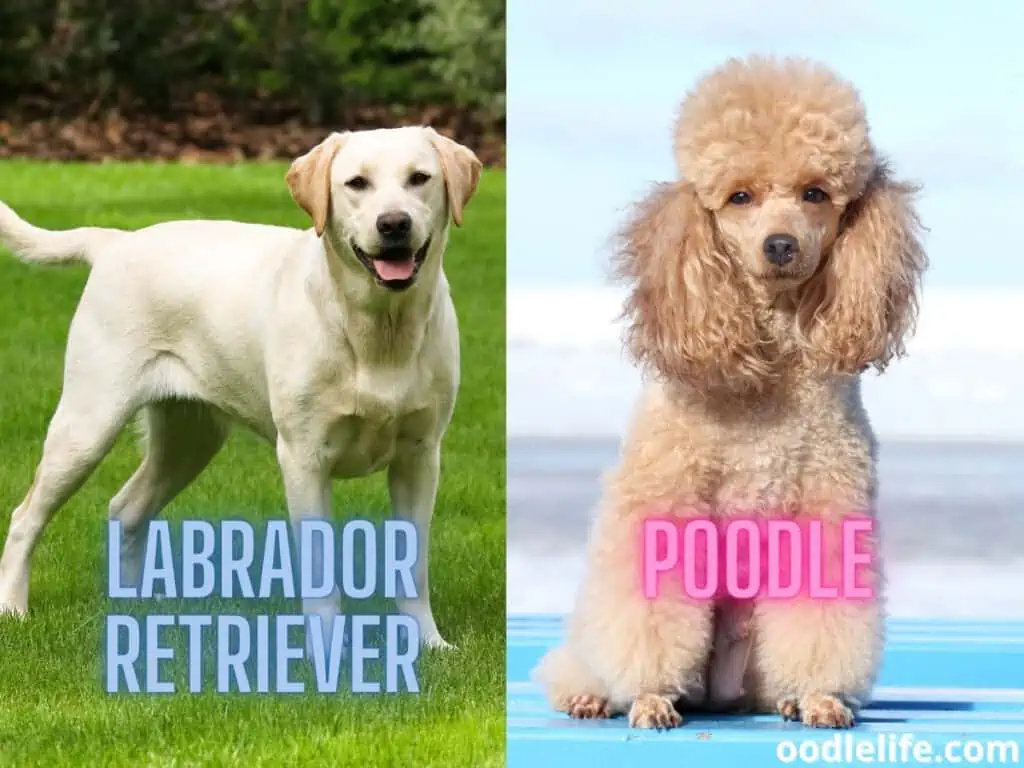
Should I Be Concerned?
The short answer is no. You should not be concerned if your Labradoodle looks like a Labrador Retriever. It is always best practice to do your due diligence when going through a breeder to ensure their quality and reliability for a multitude of reasons.
A trustworthy breeder should be able to differentiate between the “F” generations and be able to tell you all about your new family member.
As discussed above, each trait that any animal possesses and displays comes from the genes they inherited from their parents. These genes make up everything from the dog’s coat to its height and facial structure.
First-generation crossbred dogs will inherit traits from both of their full-blood parents. This makes the offspring display many variations in appearance. Remember that these traits can be different across a litter.
Typically, half of the litter will display slightly different traits than the other half.
In a lower generation, F3 and on, the genetic traits passed on are coming from parents who have already been crossbred. However, as mentioned previously, this has been known to disrupt the consistency of genetic traits.
If your Labradoodle looks like a Lab, you should still be able to see the obvious differences between your pup and a full-blood Labrador Retriever. Don’t fret if your dog has straight hair or a slightly more rounded facial structure.
All of these variations only make your pet unique and are simply caused by the genetic traits they inherited. Straight hair or other typical features of a Lab do not make your beloved canine any less of a Labradoodle.
Don’t forget, after all; they are part Labrador Retriever! These traits can make your Labradoodle more unique than others seen walking down the street. So, set aside your expectations and embrace the differences!
Your pup is truly one of a kind.